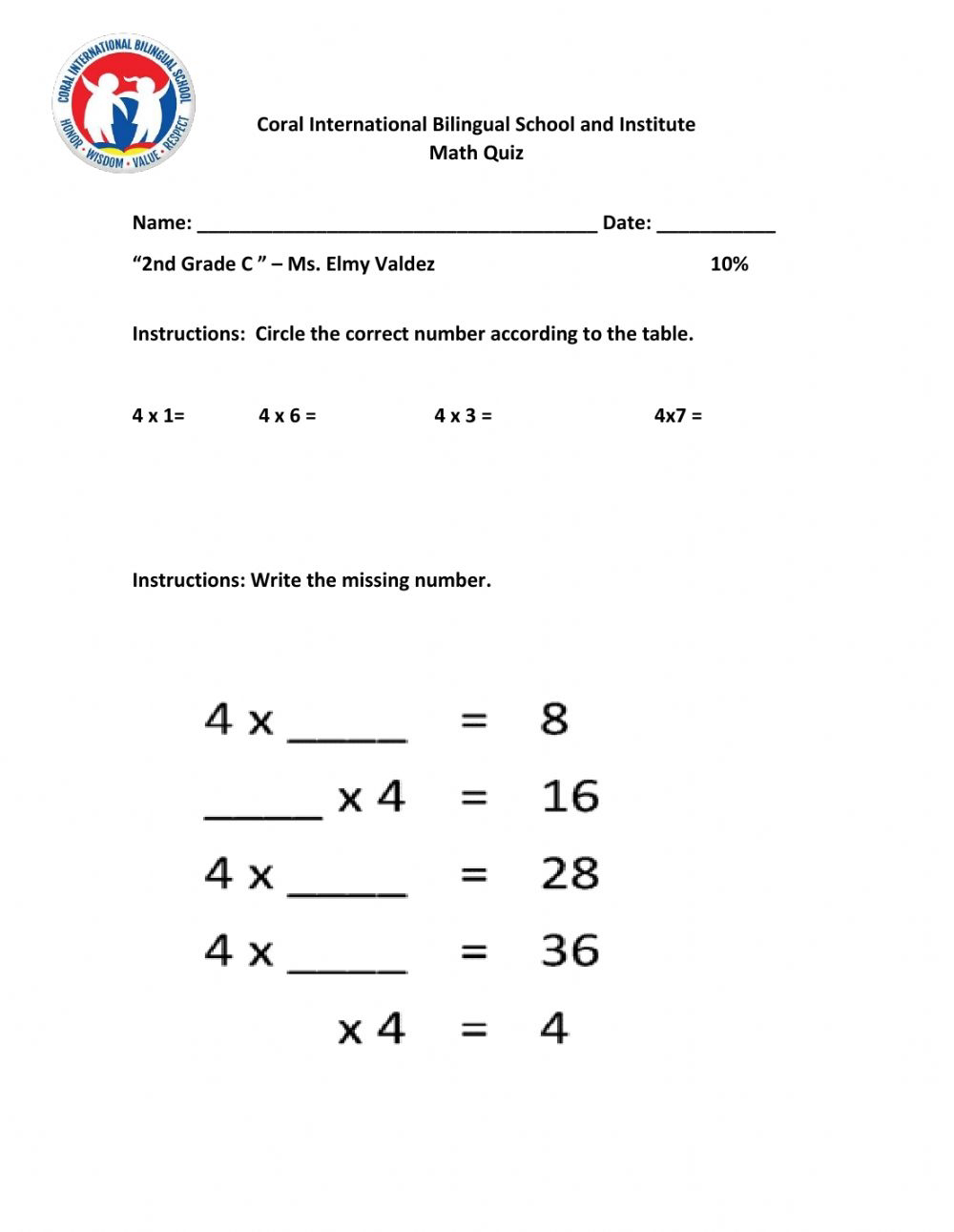TOOLS AN DTECHNIQUES FOR CLASSROOM ASSESSMENT
ASSESSMENT FOR LEARNING
UNIT III: TOOLS AN DTECHNIQUES FOR CLASSROOM ASSESSMENT
Anecdotal records
Anecdotal records are the informal teacher observation reports of student behaviours, skills and attitudes as they relate to the outcomes in the program of studies. It contains descriptions of incidents or events that are important to the person observing. Anecdotal records are short, objective and as accurate as possible. Anecdotal record includes only personal adjustment or social functioning of the child.
Characteristics
Simple reports of behaviour
Results of direct observation
Accurate and specific
Records typical or unusual behaviors
Each record should contain a record of single incident
The interpretations and recommended action should be noted separately from the description.
Purpose
The teacher able to understand pupil in realistic manner.
It provides an opportunity for healthy pupil-teacher relationship
To furnish the multiplicity of evidence for good cumulative record
To understand individual’s basic personality pattern and his reactions in different situations.
Items in anecdotal records
The first part of an anecdotal record should be factual, simple and clear.it may include name of the student, date, time and brief report of what happened. The second part may include additional comments, analysis and conclusions based on interpretations and judgements.
Advantages
Helpful in understanding the child’s behaviour in diverse situations
Need no special training
Use of formative feedback
Economical and easy to develop
Open ended and can catch unexpected events
A new teacher may use these records and acquaint himself with the students.
Disadvantages
Time consuming
Difficulty in scoring
Limited application
Lack of standardization
Only records events of interest to the person doing the observing
If carelessly recorded, the purpose will not be fulfilled.
Checklists
Checklist is a selected list of words, phrases, sentences and paragraphs following which an observer records a check mark to denote a presence or absence of whatever is being observed. It is a list of response categories that respondents check if appropriate. Checklists only indicate if a student can accomplish the listed objectives.
Format of checklist
Checklists are often presented as lists with small checkboxes down the left/right side of the page.
A small tick or checkmark is drawn in the box after item has been completed.
Characteristics
•Usually offer yes/no question format
•Nothing is included about the quality of performance
Advantages
Students can measure their own behaviour with the help of checklist
Easy and simple to use and frame the tools
Wanted and unwanted behaviors can be included.
Disadvantages
Only the presence or absence of the ability can be tested.
Yes/no type judgement can only be given
Time consuming
Checklist loses details of the event
Rating scale
Rating means judgement of one person by another.it is a method by which a systematize the expression of opinion concerning a trait. The ratings are done by parents,teachers,a board of interviewers and judges and by the self as well. In rating scale, an observer is asked to judge something and put a numerical value or rating to his judgement. Usually the degrees are indicated by numbers, 1 to 3, 1 to 5,or 1 to 7,comprising three point,five point or seven point scale
Example:
1: How good was the performance?
Excellent
Very good
Good
Average
Poor
Desirable qualities of rating scales
Clarity
Variety
Simple
Relevance
Objectivity
Useful
Uniqueness
Types of rating scale
Numerical rating scale
This is one of the simplest type of rating scale. The rate simply marks a number that indicate the extent to which a characteristic or trait is present.
Descriptive rating scale
Provide for each trait a list of descriptive phrases from which the rater selects the one most applicable item being rated, selected usually by means of a check mark
Graphic rating scale
In this scale the performance is printed horizontally at various points from lowest to highest.
Advantages
It is simple and less expensive in terms of time and labour.
Recording qualitative and quantitative judgements about observed performance
It tend to be very adaptable and flexible
It helps in supplementing other sources of understanding about the child as anecdotal and cumulative records.
Helpful in finding out students’ needs
Helpful in writing reports to parents
Disadvantages
Time consuming
Personal bias influencing the results
Some characteristics are more difficult to rate

Comments
Post a Comment